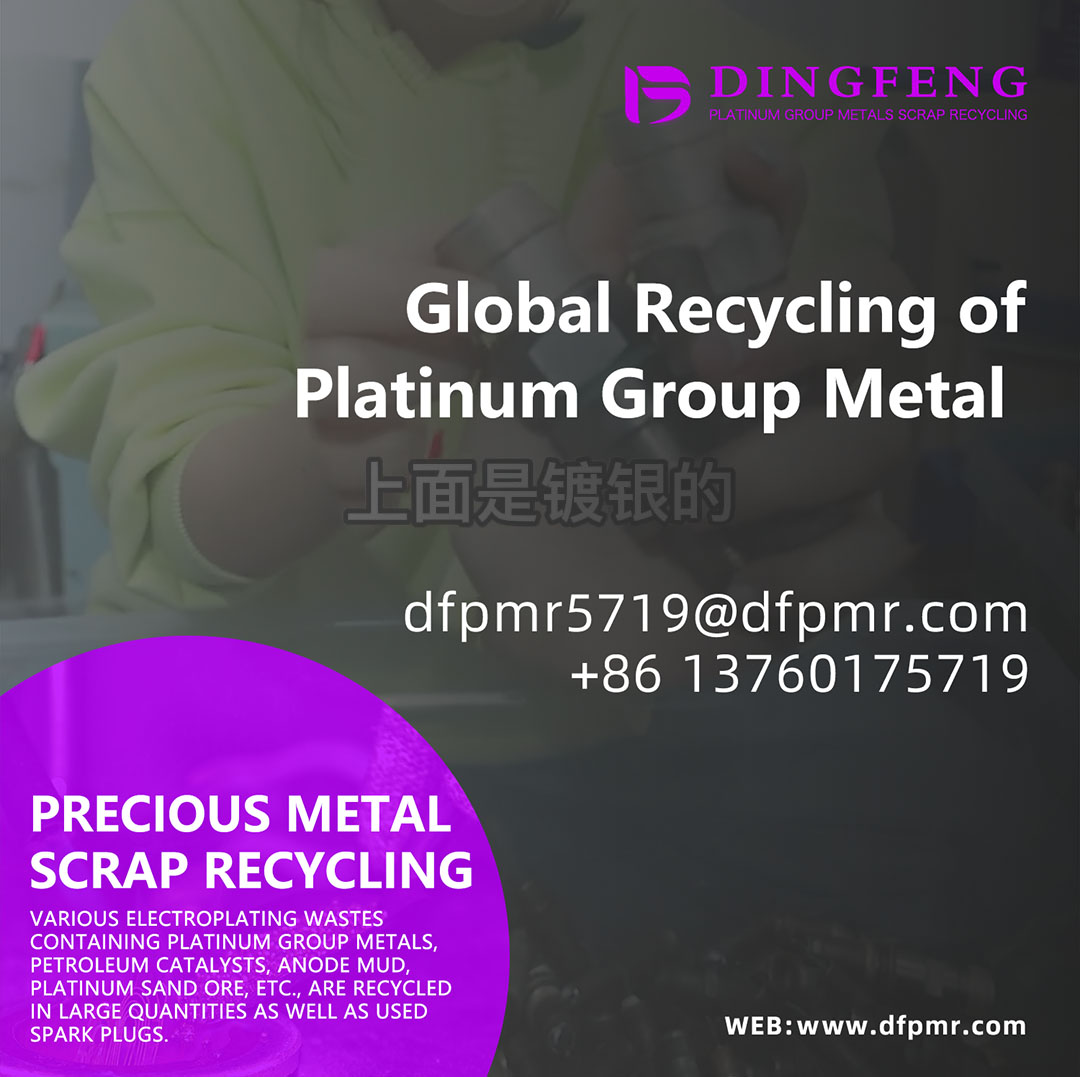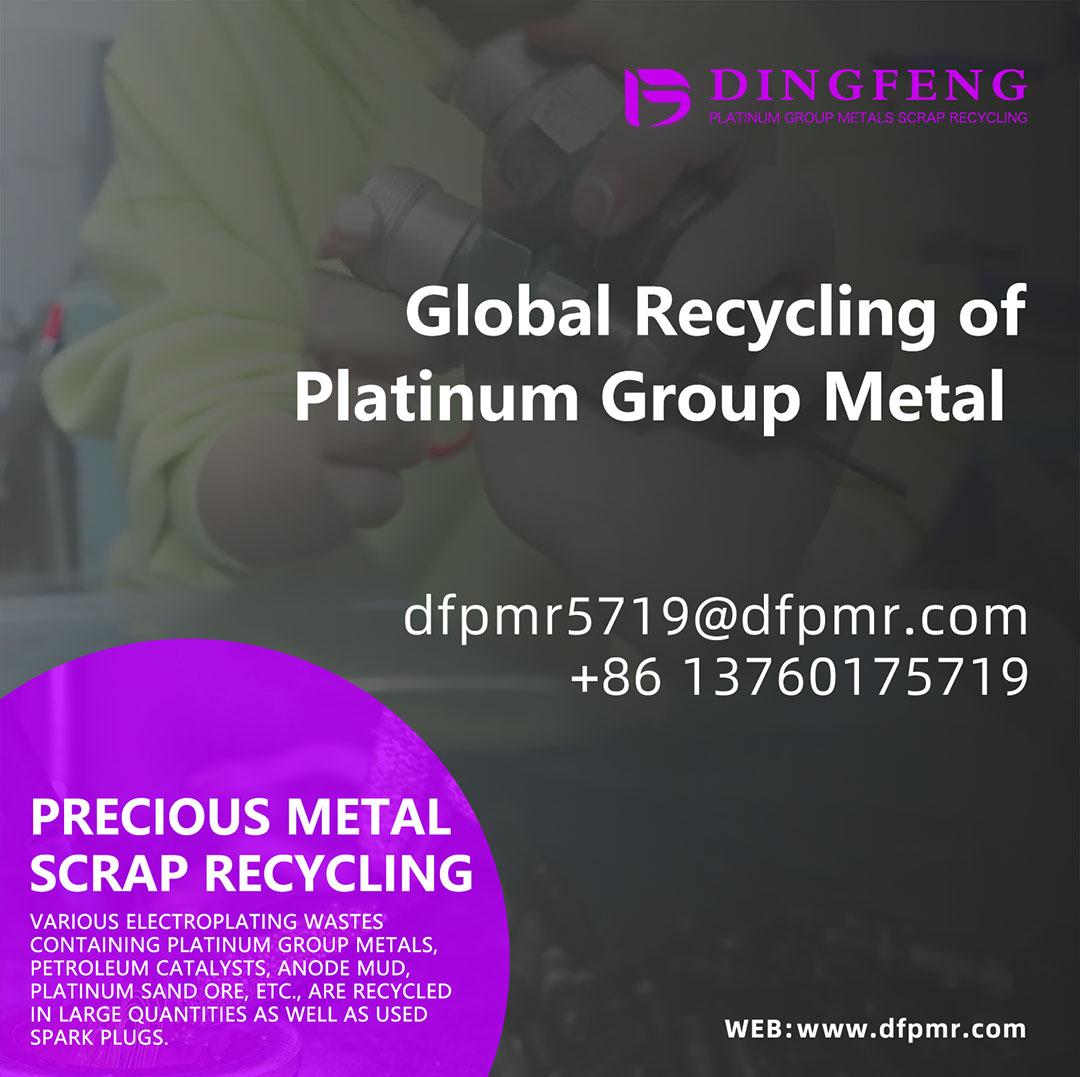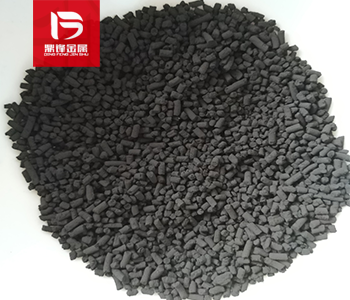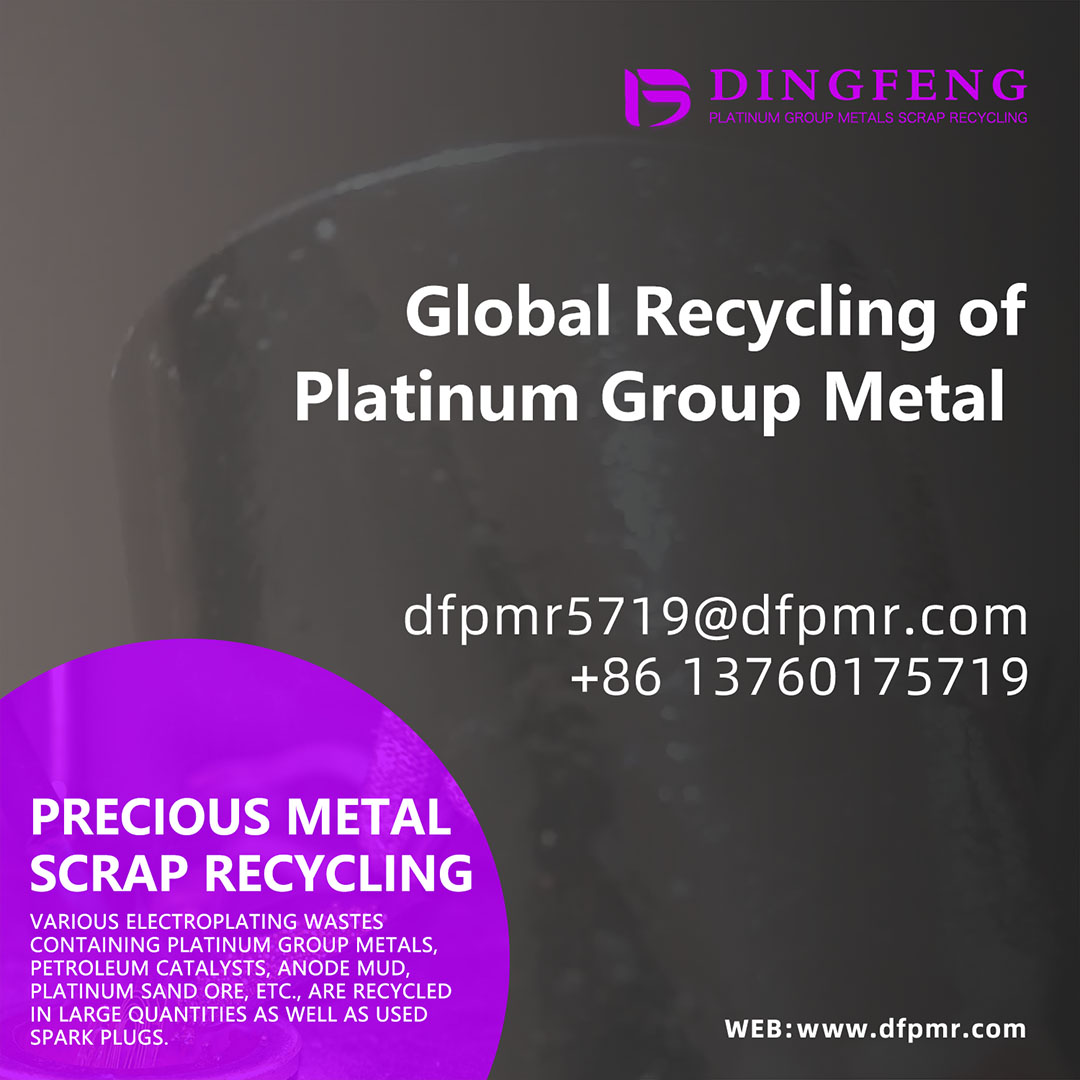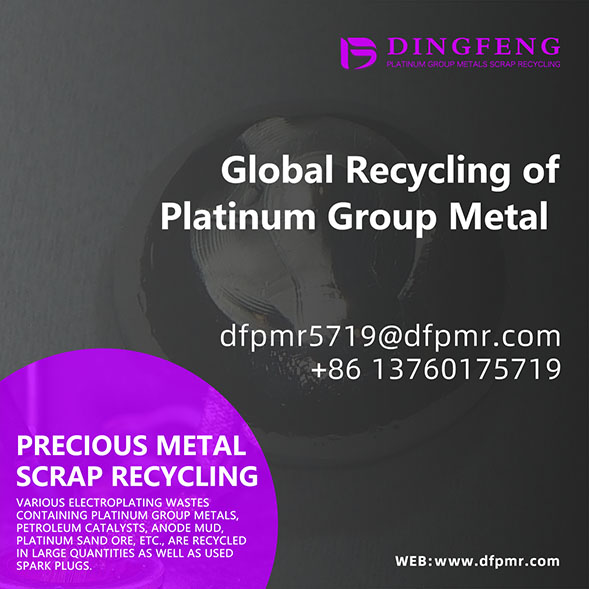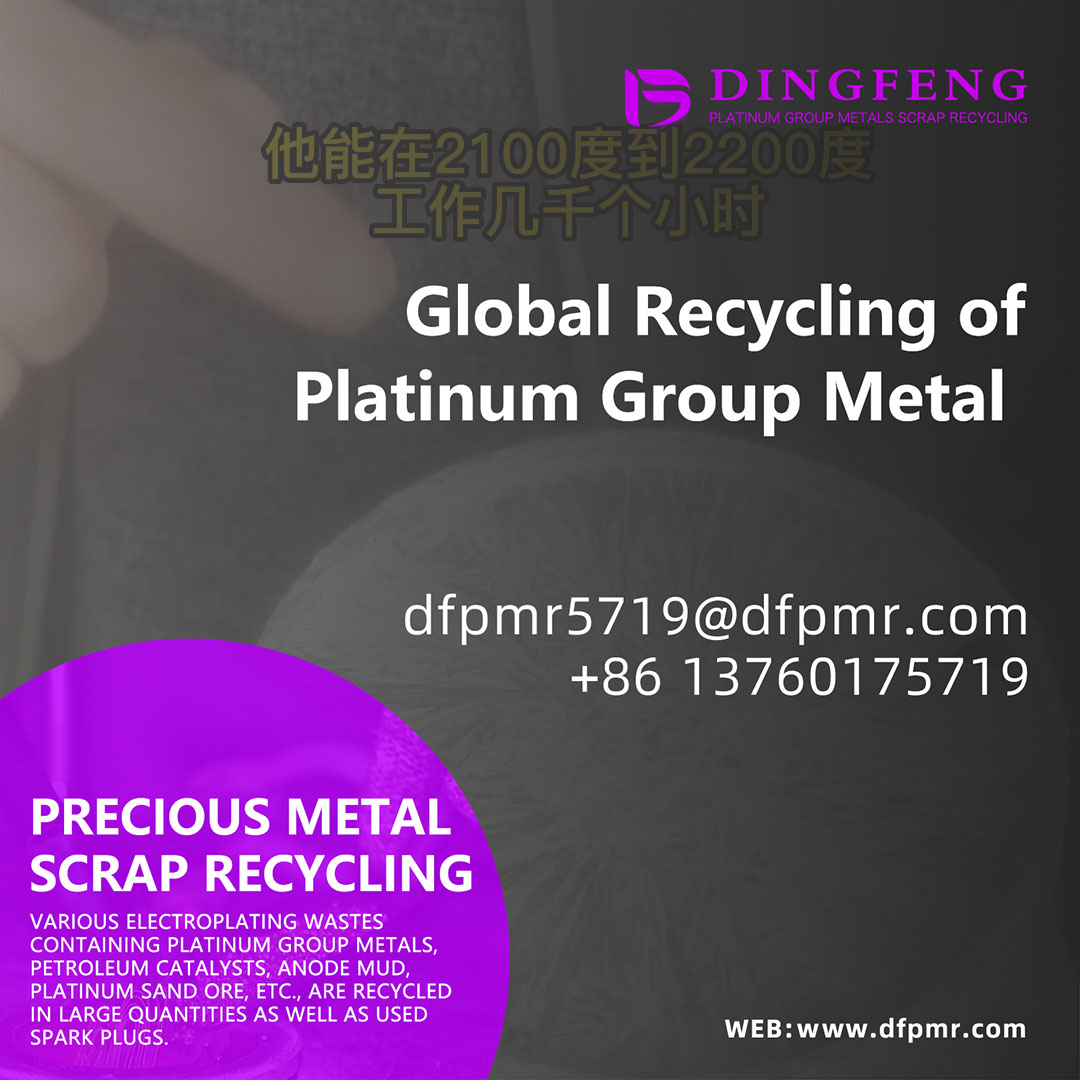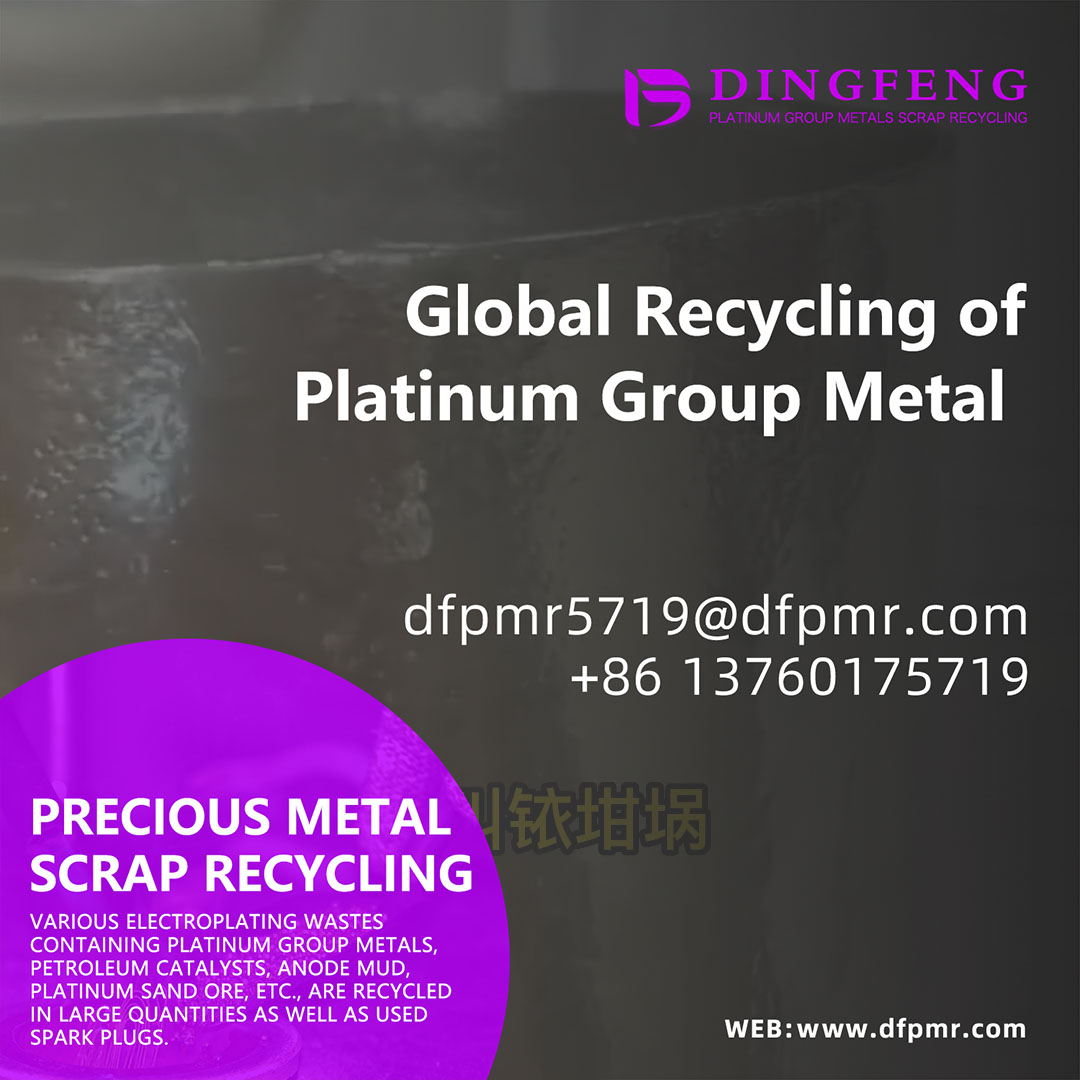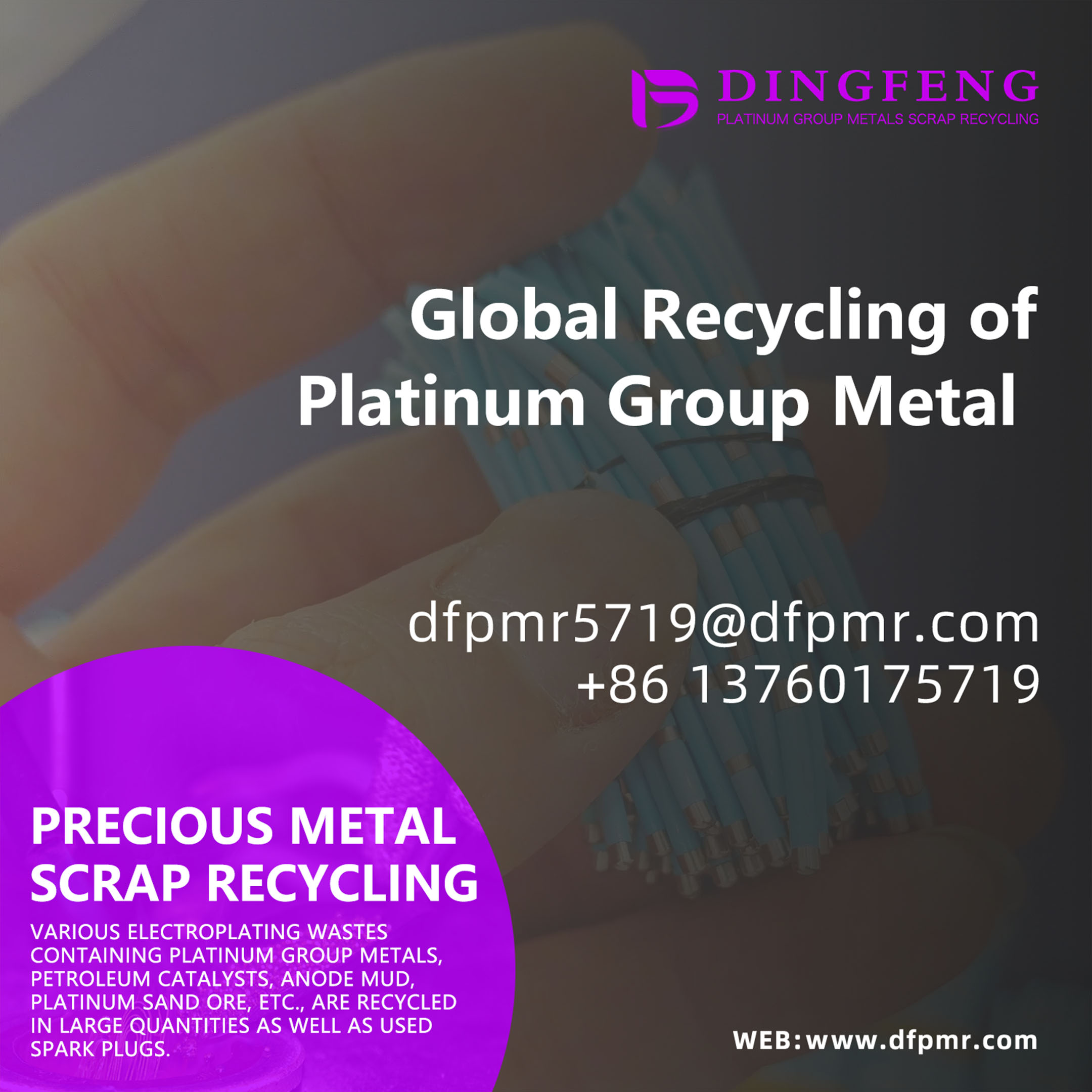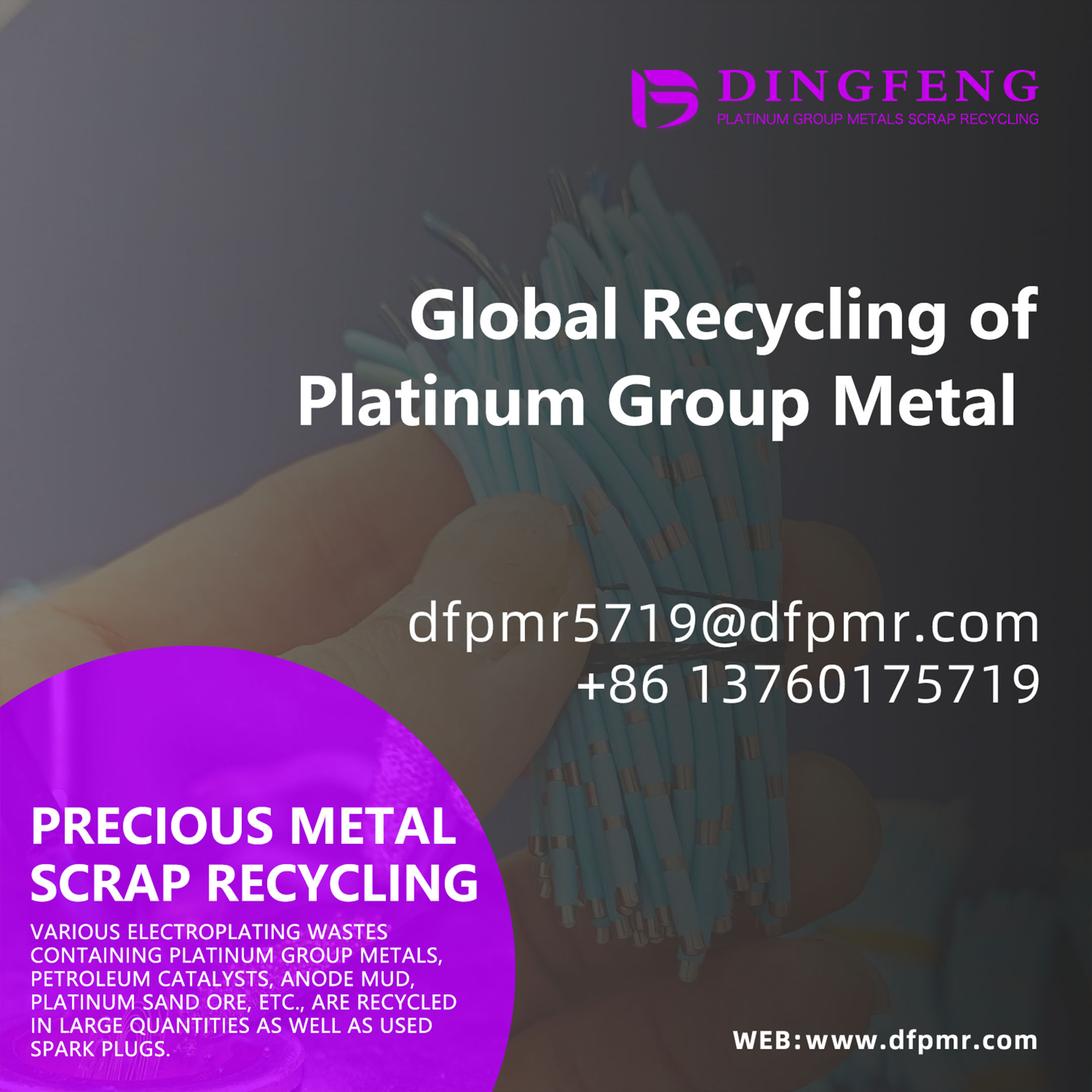Germanium recovery_ A Method for Recovering and Extracting Germanium from Germanium Ores
The use of germanium:Germanium is a rare silver white quasi metal that occurs in small amounts in various minerals, such as germanite, silver pyroxene, and zinc ore. Germanium, due to its high conduct
The use of germanium:
Germanium is a rare silver white quasi metal that occurs in small amounts in various minerals, such as germanite, silver pyroxene, and zinc ore. Germanium, due to its high conductivity and optical properties, has become an important material for the production of semiconductors, fiber optic cables, and infrared optical devices. Extracting germanium from germanium ore is a complex process that involves multiple steps.
Brief description of the process of recovering and refining germanium from germanium ore:
The first step is to obtain germanium ore: most germanium is obtained as a by-product of zinc ore mining and processing. Therefore, zinc ore is usually the main source of germanium. Other sources of germanium include flue ash from copper smelting and coal ash from coal-fired power plants.
Step 2: Removal of impurities from germanium ore: After obtaining the ore, it must be treated to remove impurities and concentrate germanium. The most commonly used method for extracting germanium from germanium ore is hydrometallurgy. In this process, the ore is first crushed and ground into fine powder. Then extract the powder with a strong acid solution, usually a mixture of hydrochloric acid and nitric acid. The acid solution dissolves germanium and other impurities, leaving a solid residue. The next step in this process is to separate germanium from other impurities in the acid solution. This is usually accomplished by adding a reducing agent (such as sulfur dioxide or Sodium sulfite) to the acid solution. The reducing agent reacts with germanium in solution to form Germanium dioxide precipitation. Separate the precipitate from the solution through filtration or centrifugation. Then, hydrogen and other reducing agents are used to reduce Germanium dioxide to metallic germanium. The reduction reaction occurs in a high-temperature furnace, usually at a temperature of approximately 1200 degrees Celsius. Germanium dioxide is heated in the presence of reducing agent, which causes Germanium dioxide to decompose and release oxygen, leaving metallic germanium.
The third step is purification: purify the crude germanium to the required purity level. This usually involves a series of chemical reactions and physical separation. The specific purification process used depends on the required purity of the final product. A common purification method is regional refining, which is a process of slowly passing slender impure germanium rods through the high-temperature zone. When the rod passes through this area, impurities are concentrated at one end of the rod, leaving a purer germanium crystal at the other end. This process is repeated several times until the required purity level is reached. Another common purification method is chemical vapor deposition, which is a process of depositing gaseous forms of germanium onto substrates such as silicon wafers. Germanium gas is generated by heating germanium compounds (such as Germanium tetrachloride) in the presence of reducing agents (such as hydrogen).
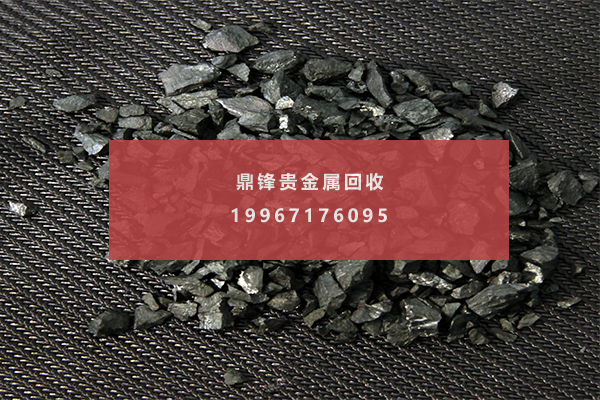
Extracting germanium from germanium ore is a complex multi-step process that requires specialized knowledge and equipment. Germanium extraction is an effective way to obtain germanium, which can help us obtain high-quality raw materials and manufacture higher quality products. Germanium extraction can also increase employment opportunities in mining areas and promote economic development. In addition, as germanium extraction is a sustainable mining activity, it can effectively protect local natural resources and reduce environmental pollution.
&Quot; Dingfeng Precious Metals Recycling includes precious metals such as gold, silver, palladium, rhodium, platinum, germanium, iridium, ruthenium, etc. This is our business in precious metal recycling. If you have precious metals such as gold, silver, palladium, rhodium, platinum, germanium, iridium, ruthenium that need to be recycled, please contact us and we will provide you with a satisfactory price& Quot;



